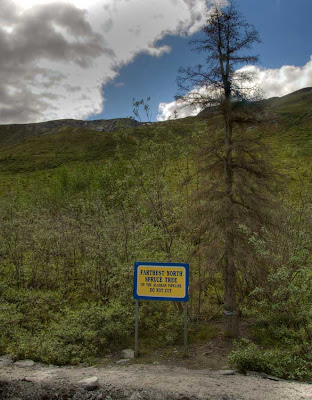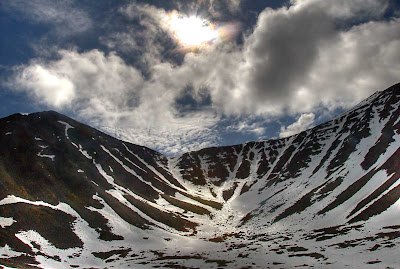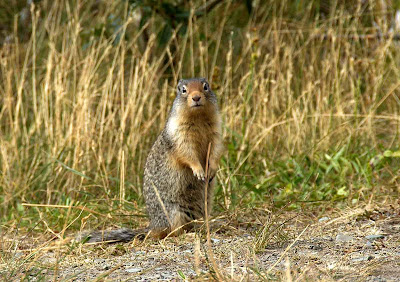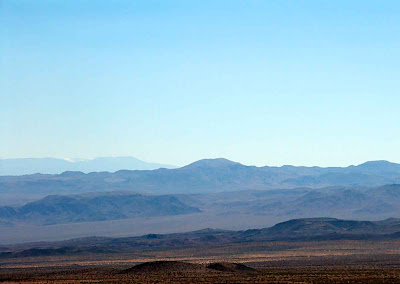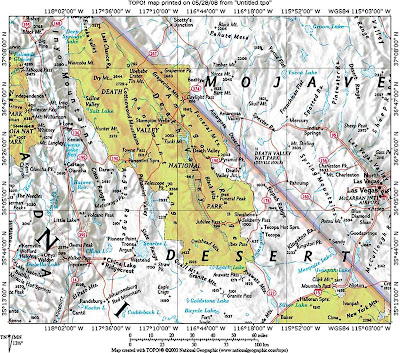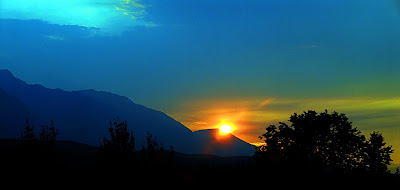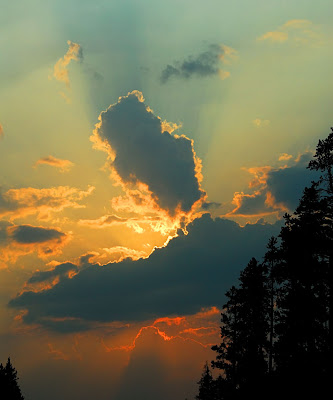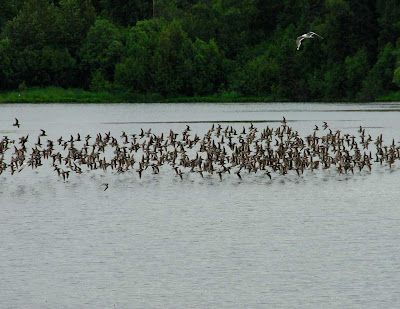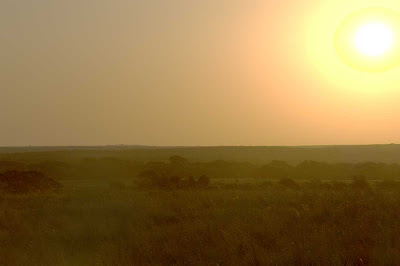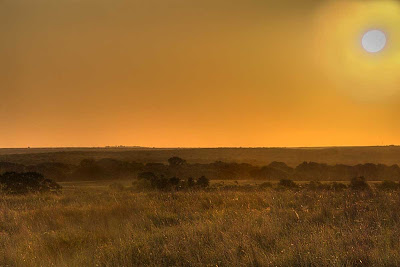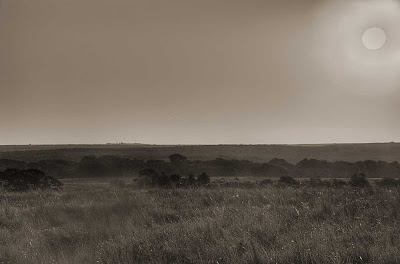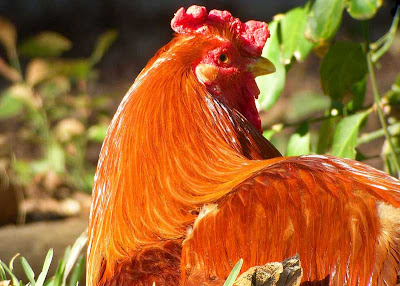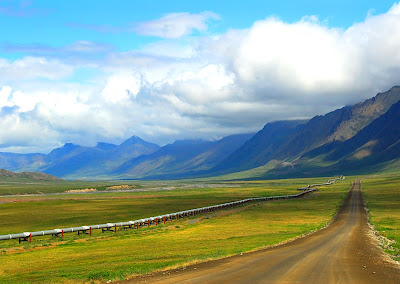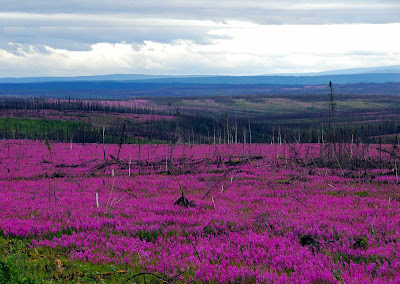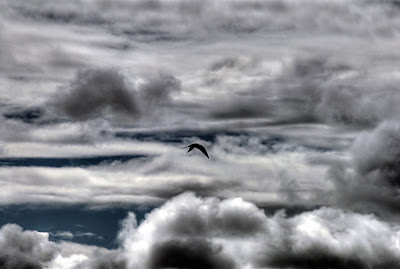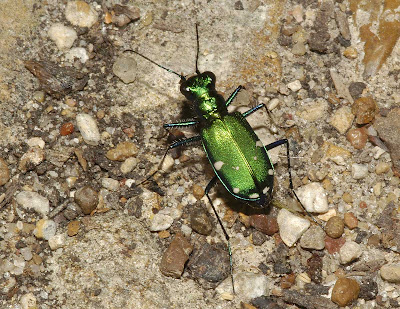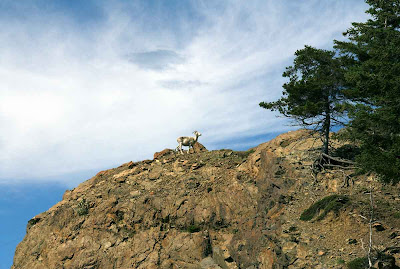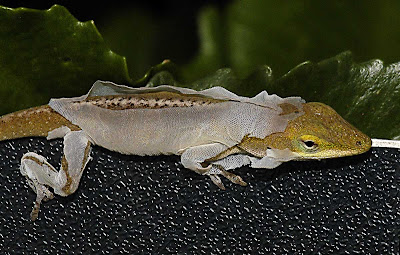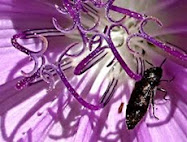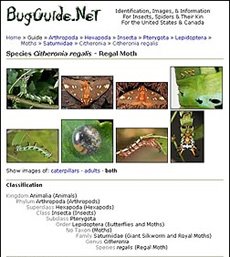Today we will try to get from Coldfoot to Deadhorse.
Be sure to click on the photos to see the enlarged view.
Maximize your browser to full page.
Check the sidebar for previous episodes.
Enjoy and leave a comment.
Midnight in the Rain at Coldfoot
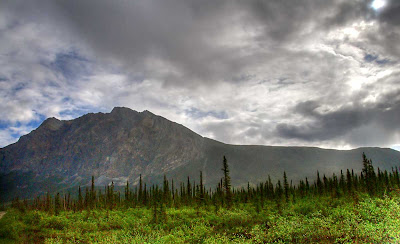 A little rain can’t stop the Photography
A little rain can’t stop the Photography
Coldfoot is basically a truck stop on the Dalton Highway from Fairbanks to Prudhoe Bay. It has a restaurant, and a small number of overnight accommodations (converted pipeline construction camp quarters). Bus tours along the highway typically take two days, and passengers spend the night here. The BLM, USFWS, and NPS jointly staff a small visitor center during the summer. The Coldfoot truck stop was founded by Iditarod champion Dick Mackey who started his operation by selling hamburgers out of a converted school bus. Truckers helped build the existing truck stop and cafe.
The Koyukuk River at Midnight
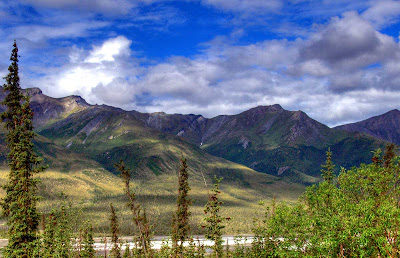 Photography at Midnight is Great
Photography at Midnight is Great
I stayed up most of the night having fun with photography. I had to sleep a little for the drive tomorrow into Prudhoe Bay (Deadhorse).
The town was originally a mining camp named "Slate Creek", and around 1900 got its present name when prospectors going up the nearby Koyukuk River would get "cold feet" and turn around. In 1902 Coldfoot had two roadhouses, two stores, seven saloons, and a gambling house. A post office operated from 1902 to 1912, then reopened in 1984.
Coldfoot Airport, on the west side of the Dalton Highway, consists of a 4,000-foot (1220-metre) gravel strip.
The Road and Pipeline out of Coldfoot
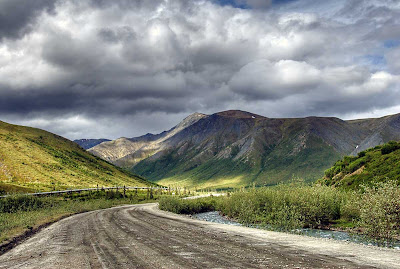 The road is pretty good here
The road is pretty good here
For perspective, the Pipeline is 48 inches in diameter.
The Koyukuk River is a principal tributary of the Yukon River, approximately 500 mi (805 km) long, in northern Alaska in the United States.
It drains an area north of the Yukon on the southern side of the Brooks Range. The river is named for the Koyukon people.
It rises in several forks above the Arctic Circle in the Endicott Mountains, near 67°58′N, 151°15′W.
The North Fork rises in Gates of the Arctic National Park and Preserve. The combined river flows generally southwest, past Bettles, in a broadening valley of spruce forests amid small lakes and marshes. It joins the Yukon from the north at Koyukuk.
Its tributaries include the Glacier, Alatna and John rivers. The area around its confluence with the Yukon is a large floodplain protected as part of Koyukuk National Wildlife Refuge.
The valley of the river is a habitat for bear and moose and is a destination for game hunting.
A little History of the Region of Coldfoot and Deadhorse
Lt. Henry Allen and Private Fred Fickett of the United States Army ascended and explored the river in 1885. The discovery of gold deposits on the Middle Fork in 1893 led to a gold rush in 1898 with the establishment of trading posts and mining camps, including Bettles, on the upper river. In 1929, Robert Marshall explored the North Fork and gave the name Gates of the Arctic to the high Brooks Range along the river.
In 1980 the United States Congress designated 100 mi (164 km) of the North Fork in the Brooks Range as the Koyukuk Wild and Scenic River.
In 1994 floods on the river swept away three villages, forcing the wholesale relocation of the population.
Blue Sky Ahead
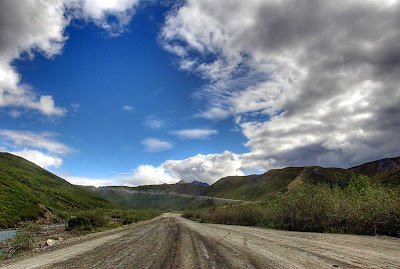 Photo Opportunities Abound Everywhere
Photo Opportunities Abound Everywhere
Next Week will be about the Brooks Range and the Tundra.
Here is a short preview of the Tundra and Deadhorse
Deadhorse is a settlement located on the North Slope of the U.S. state of Alaska near the Arctic Ocean. The town consists mainly of facilities for the workers and companies that operate at the nearby Prudhoe Bay oil fields. Deadhorse is accessible via the Dalton Highway from Fairbanks, or the Deadhorse Airport. Limited accommodations are also available for tourists.
Companies with facilities in Deadhorse service Prudhoe Bay and other nearby oil fields, as well as the Trans-Alaska Pipeline System (TAPS) which brings oil from Prudhoe Bay to Valdez in south-central Alaska. Facilities in Deadhorse are built entirely on man-made gravel pads and usually consist of pre-fabricated modules brought up on barge or via air cargo.
Tourists traveling to Deadhorse and Prudhoe Bay typically take tour buses from Fairbanks via the Dalton Highway, a two-day journey with an overnight stop in Coldfoot. During the summer months, visitors can access the Arctic Ocean during its summer thaw, as well as experience the midnight sun due to Deadhorse's location above the Arctic Circle. In winter, the opposite phenomenon of polar night occurs.
Facts about Deadhorse Weather
- Longest day: 63 days, 23 hours, 40 minutes (12:09 a.m. on May 20 to 11:18 p.m. on July 22)
- Shortest day: 45 min (11:42 a.m. to 12:27 p.m. on November 24)
- Longest night: 54 days, 22 hours, 51 min (12:27 p.m. on November 24 to 11:18 a.m. on January 18)
- Shortest night: 26 min (11:43 p.m. on May 19 to 12:09 a.m. on May 20)
- Highest recorded temperature: 83 °F (28 °C) on 21 June 1991
- Lowest recorded temperature: −62 °F (−52 °C) on 27 January 1989
- Highest wind speed recorded: 95 knots (109 mi/h, 176 km/h) on 25 February 1989
- Official lowest wind chill: −102 °F (−74 °C) on 28 January 1989 (air temperature of −54 °F (−48 °C) and wind speed of 31 knots (36 mi/h, 57 km/h))
Wildflowers on the Tundra
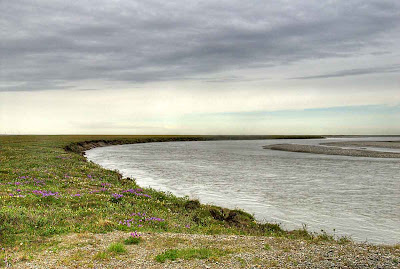 Along the Sagavanirktok River
Along the Sagavanirktok River
In the photograph below looking across the Tundra to the west of the Highway is a pingo? It is 3 miles away and shot with a 200 mm lens. Pingos form from the bed of a spring-fed lake that has been covered by vegetation. Freezing of the water can raise the surface several hundred feet above the flat terrain. They start small and grow from year to year.
Pingo
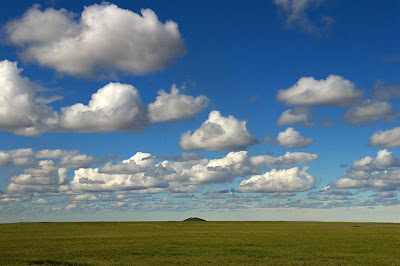 The Tundra is flat, flat, flat.
The Tundra is flat, flat, flat.
This is a waterfowl paradise. There are thousands of small lakes and an abundant food supply. Following is a map centered on Prudhoe bay showing some of the small lakes. Also there are perhaps millions of small water filled potholes.
Map centered on Deadhorse
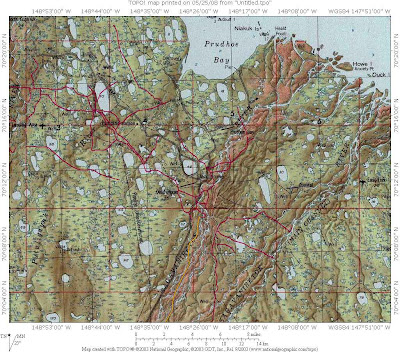
Next week: Brooks range, wildflowers, Prudhoe Bay and environs.
Yes, we will get to Deadhorse next week. I promise.
Lots on wildflowers, flash floods and landslides on the trip back to Fairbanks in two weeks.
Troy and Martha
 Rain was immanent
Rain was immanent